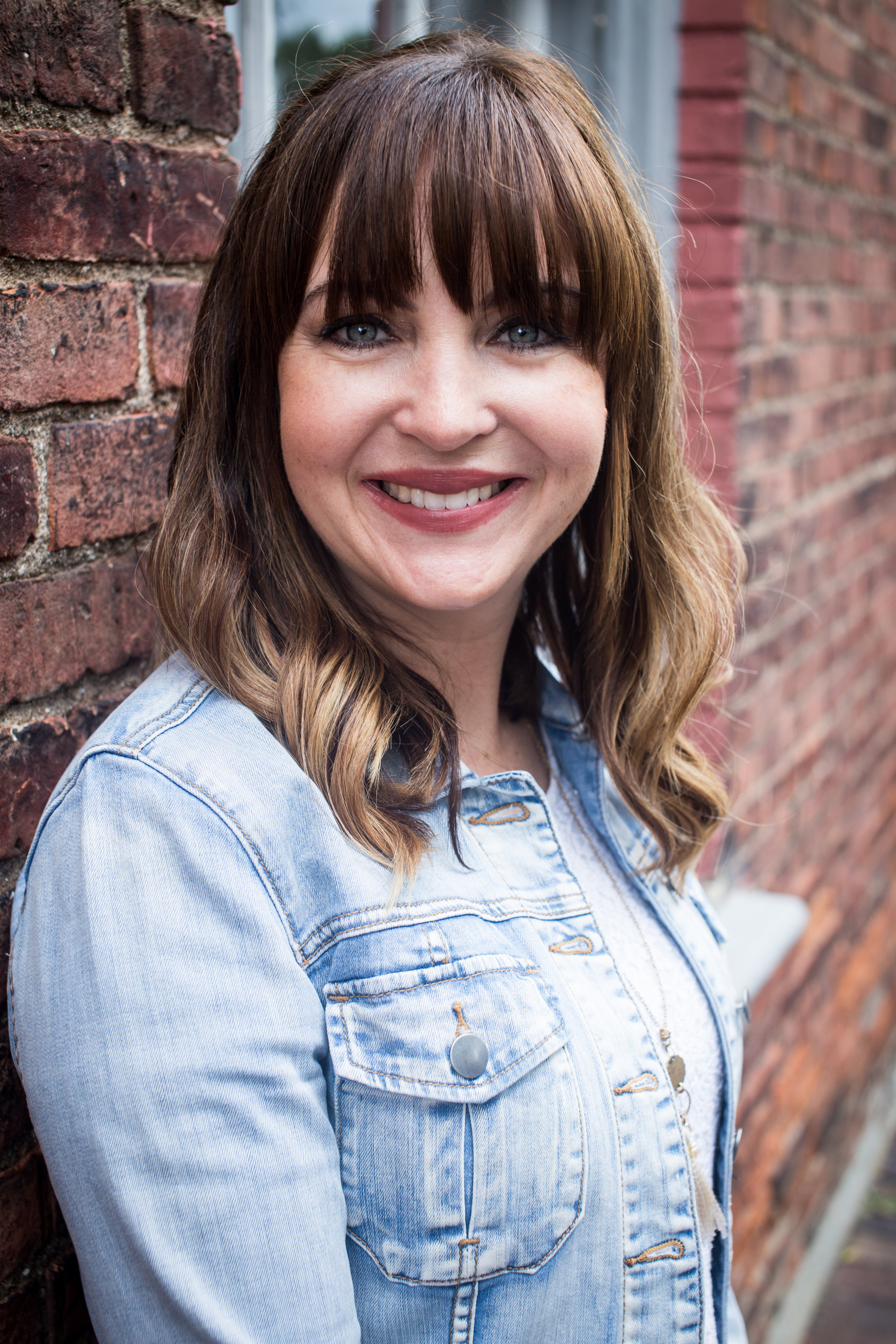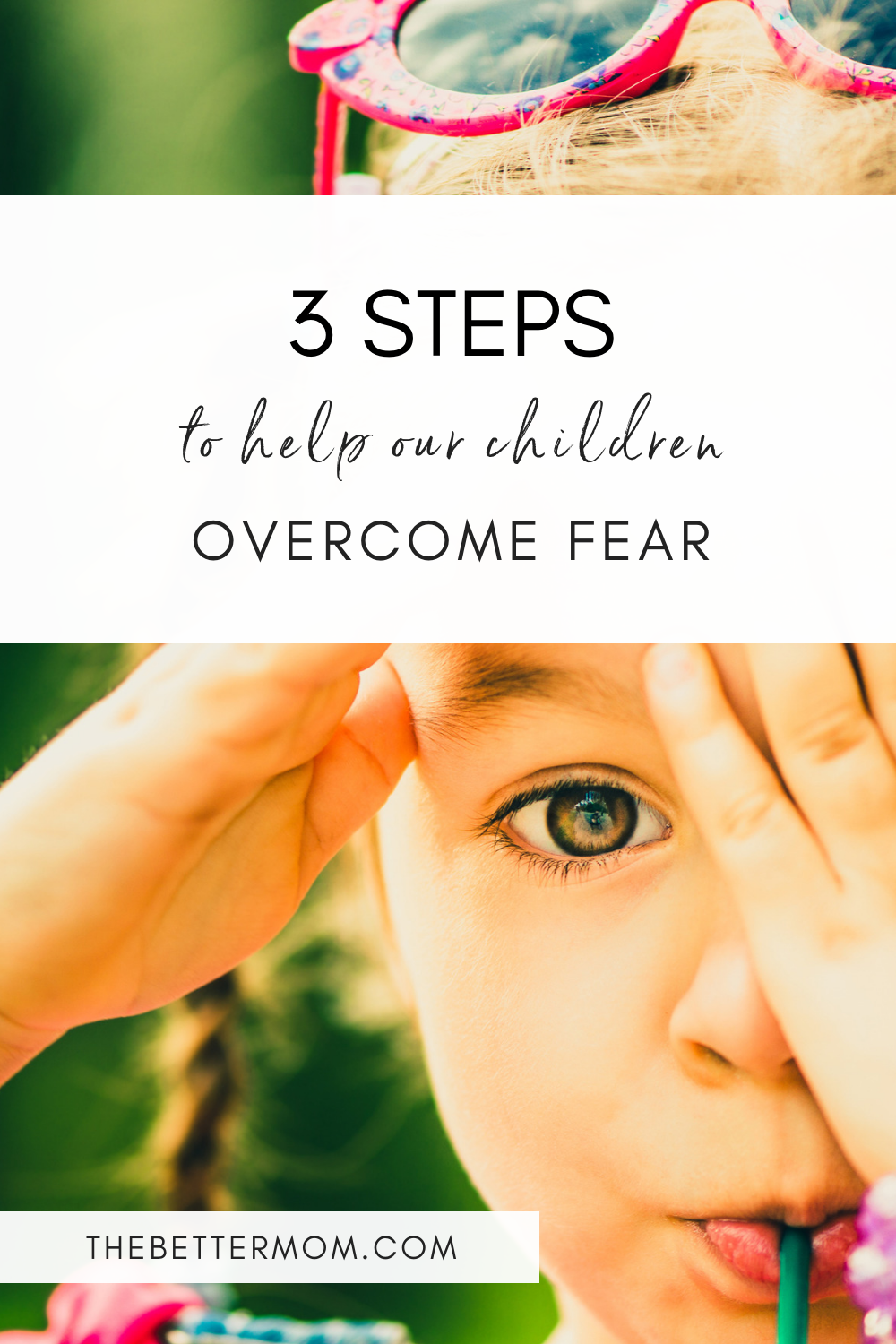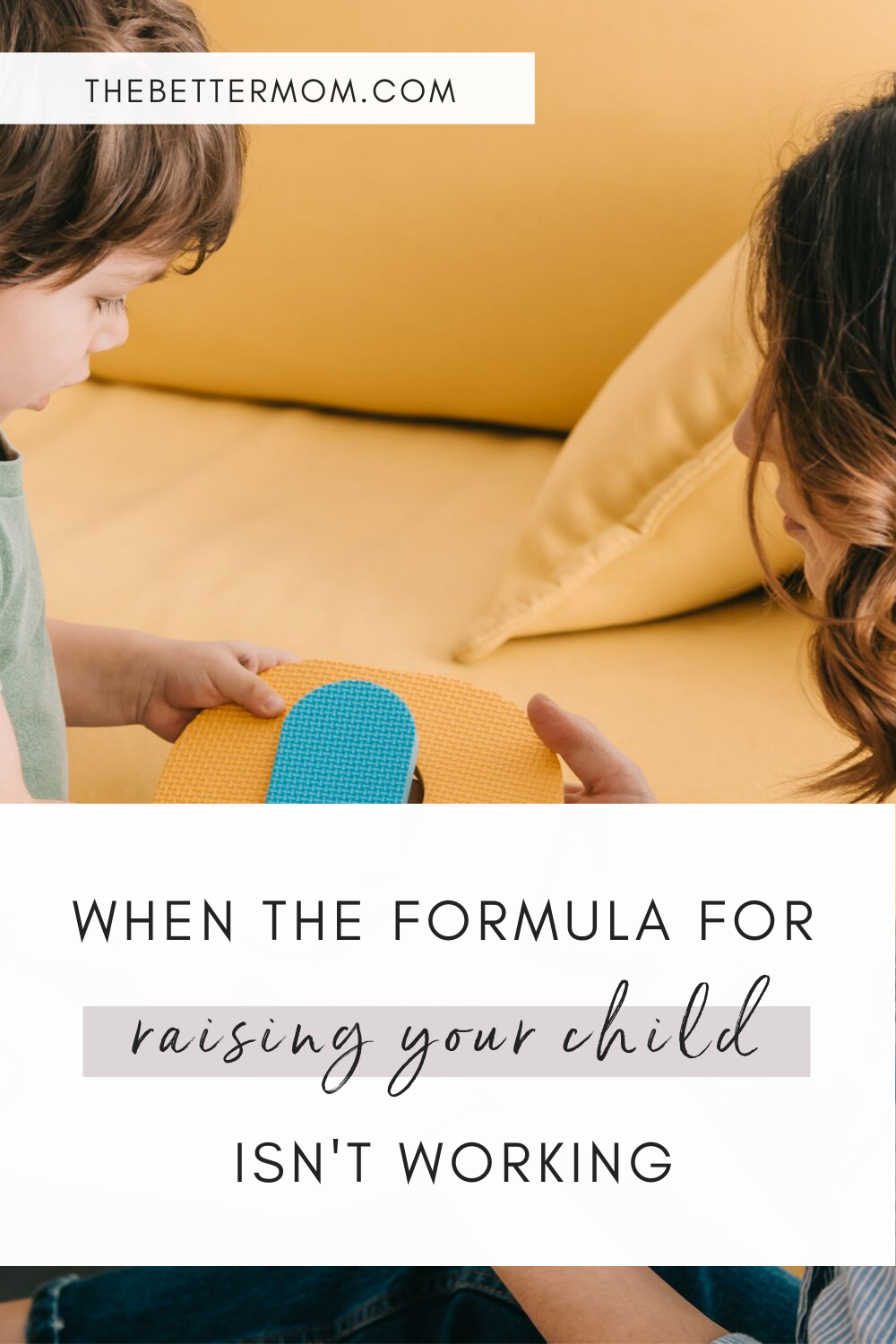Teaching our Children to Overcome the Beginnings of Bullying
Tears streamed down my face as I read of another school shooting, resulting in the deaths of young men in our community.
We’ve seen the news. We’ve posted our condolences, but my heart is weary from the change that hasn’t come. I find myself asking; what drives it all?
When our children are young, they do not yet recognize the strong emotions that try to overtake them. We can use stories found in God’s word to help them navigate negative feelings that quickly grow from small to tall.
One of these strong emotions is jealousy.
When my kids were little, they would see other children having things they didn’t, from technology to privileges we hadn’t yet given. I could see little seeds of jealousy trying to sprout. From what my child could see, their friend’s life appeared to be perfect; they seemed to have it all. Why couldn’t they have these things as well?
The truth is what we see is not all there is; there is a part of in every person’s story we don’t know.
In the very first book of the Bible, we see the beginnings of bullying in Genesis with Jacob’s family. It, too, started with a seed of jealousy.
In Genesis 37:4 we read part of Joseph’s story: “His brothers saw that their father loved him more than all his brothers. So they hated Joseph and could not speak a kind word to him.” (NLT) The brother’s father, Jacob, would have heard the rumblings of the reactions coming, yet Scripture doesn’t indicate that Jacob gets involved. In fact, the opposite occurs - Jacob’s favoritism is a catalyst that fueled these feelings in the young men.
Jacob had made his favoritism known by gifting to Joseph, “a robe of many colors.” (Genesis 37:3) This outward sign of Jacob’s love for Joseph was continually in the face of Jacob’s other sons. What the sons didn’t see were the two sides of Joseph’s beautiful coat. There was the beautiful side, with its rich and varied colors, but there was also the inside. The inside is where all of the knots of the weaving could be seen.
The same was true with Joseph’s heart; it also had two sides. Yes, he was his father’s favorite, but he was also motherless. Joseph enjoyed the favor of his father, but he also had a heart mourning for his mother.
We can help our children, even at a young age, to begin to understand that what we see is not the full story of how things truly are in the lives of those around us.
The one your child is jealous of with the new gadgets, designer closet or tons of toys may be caught in a position of a parent trying to buy their love, forgiveness or time. The child who seems to never study for exams may be struggling to make a friend. The athlete swimming for medals may be working for their parent’s approval.
Truth is not always what you see and things are not always as they appear.
Every person has pain in their life somewhere. It’s part of being a human. Helping them to see the other side, we can sow seeds of compassion for the suffering we cannot often see in the lives of others. Teach your child; there is no such thing as having it made, so let’s choose to be people of compassion.
Lynn Cowell,
www.LynnCowell.com
Share this post:








